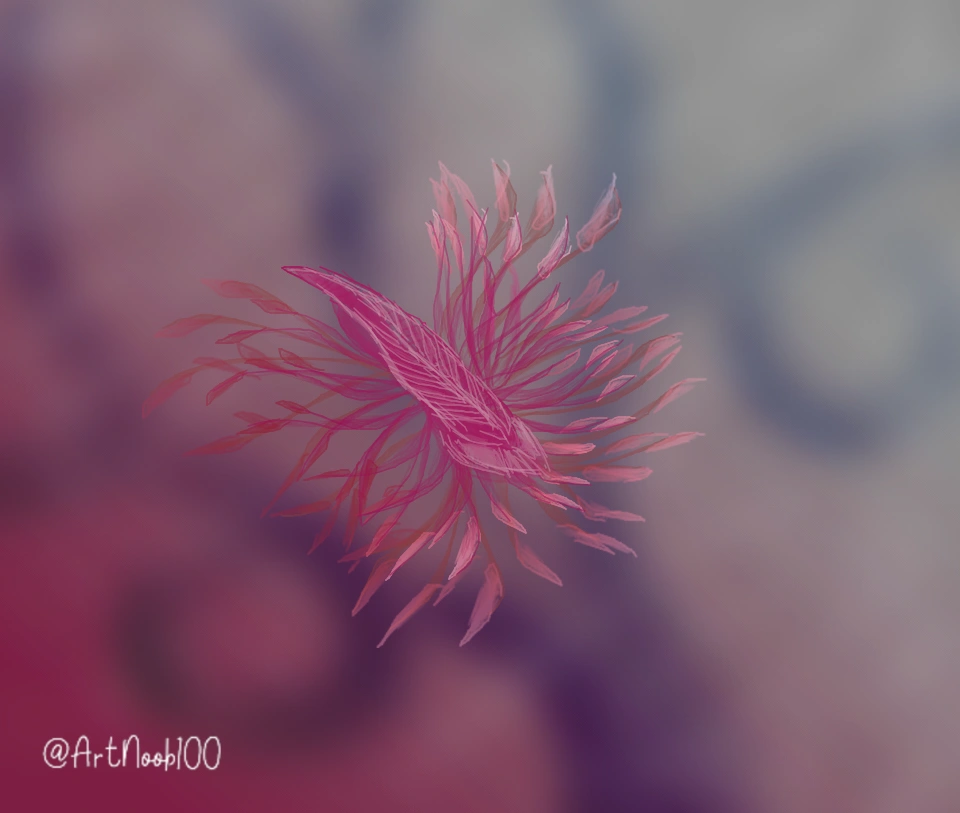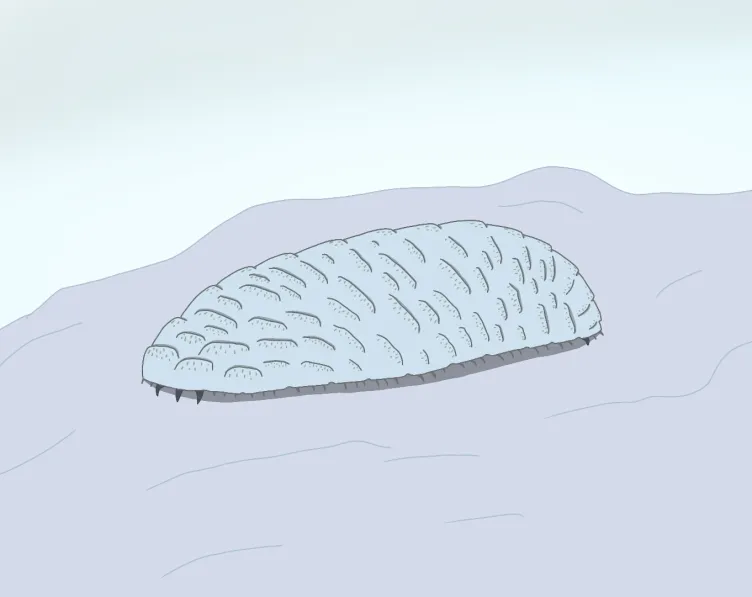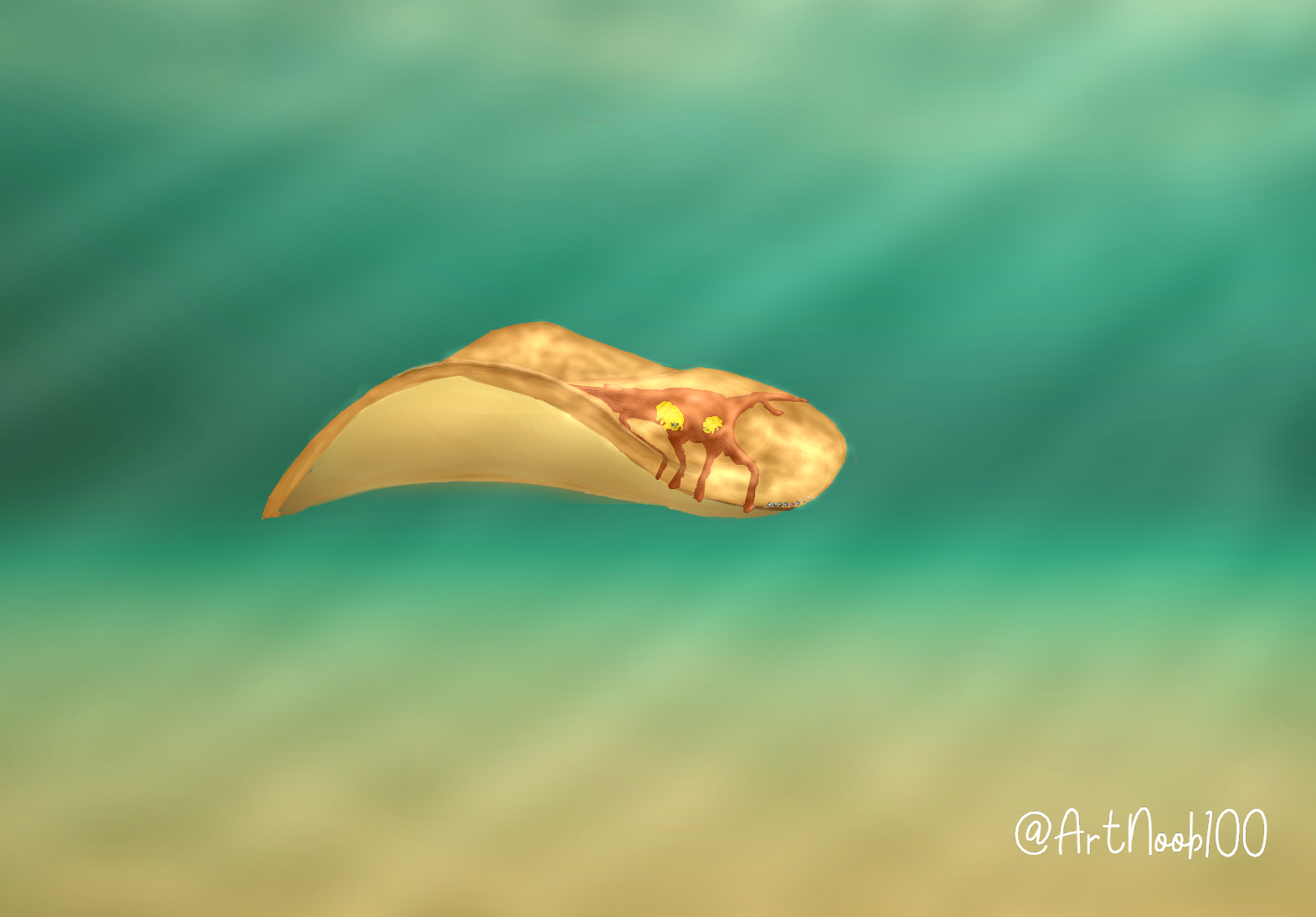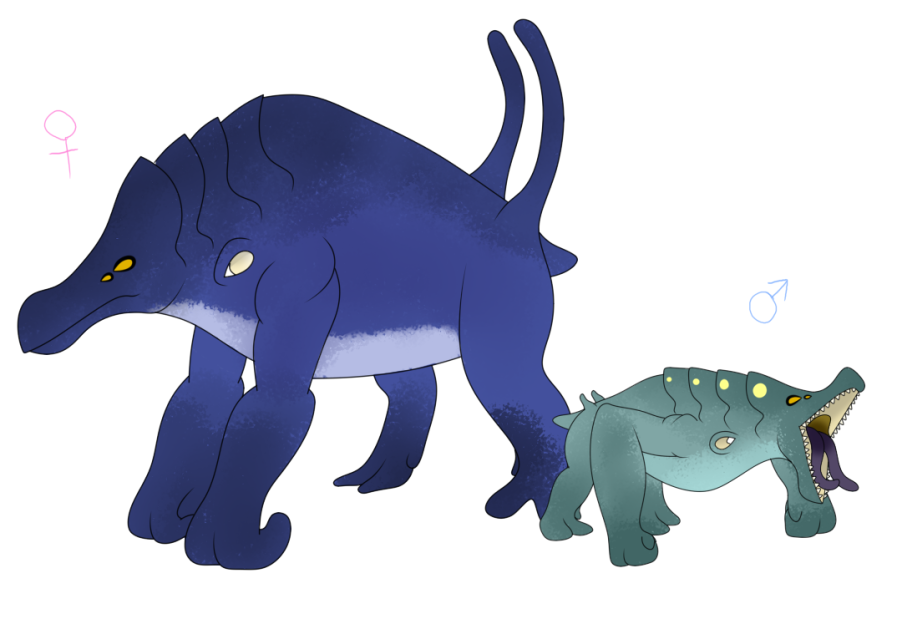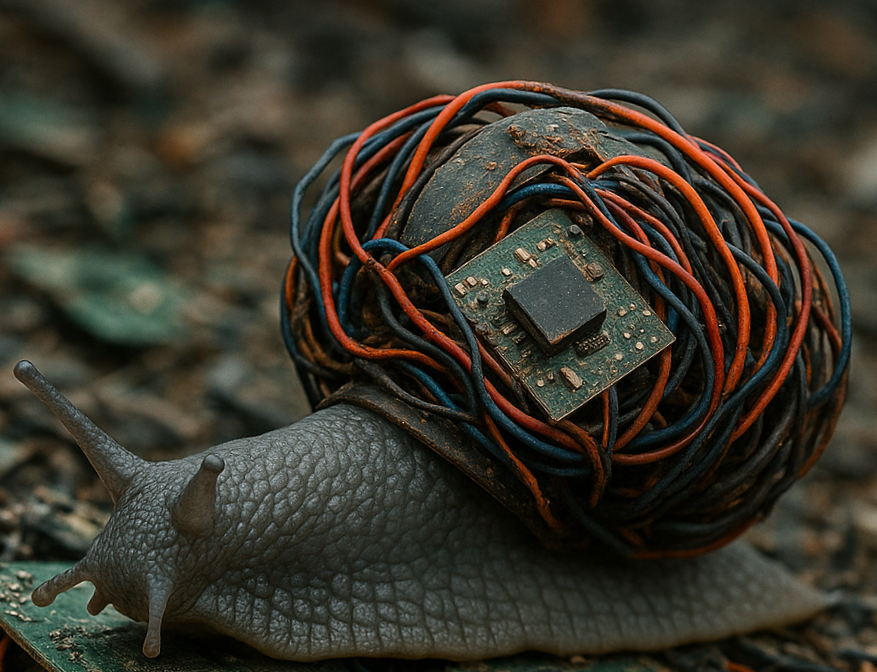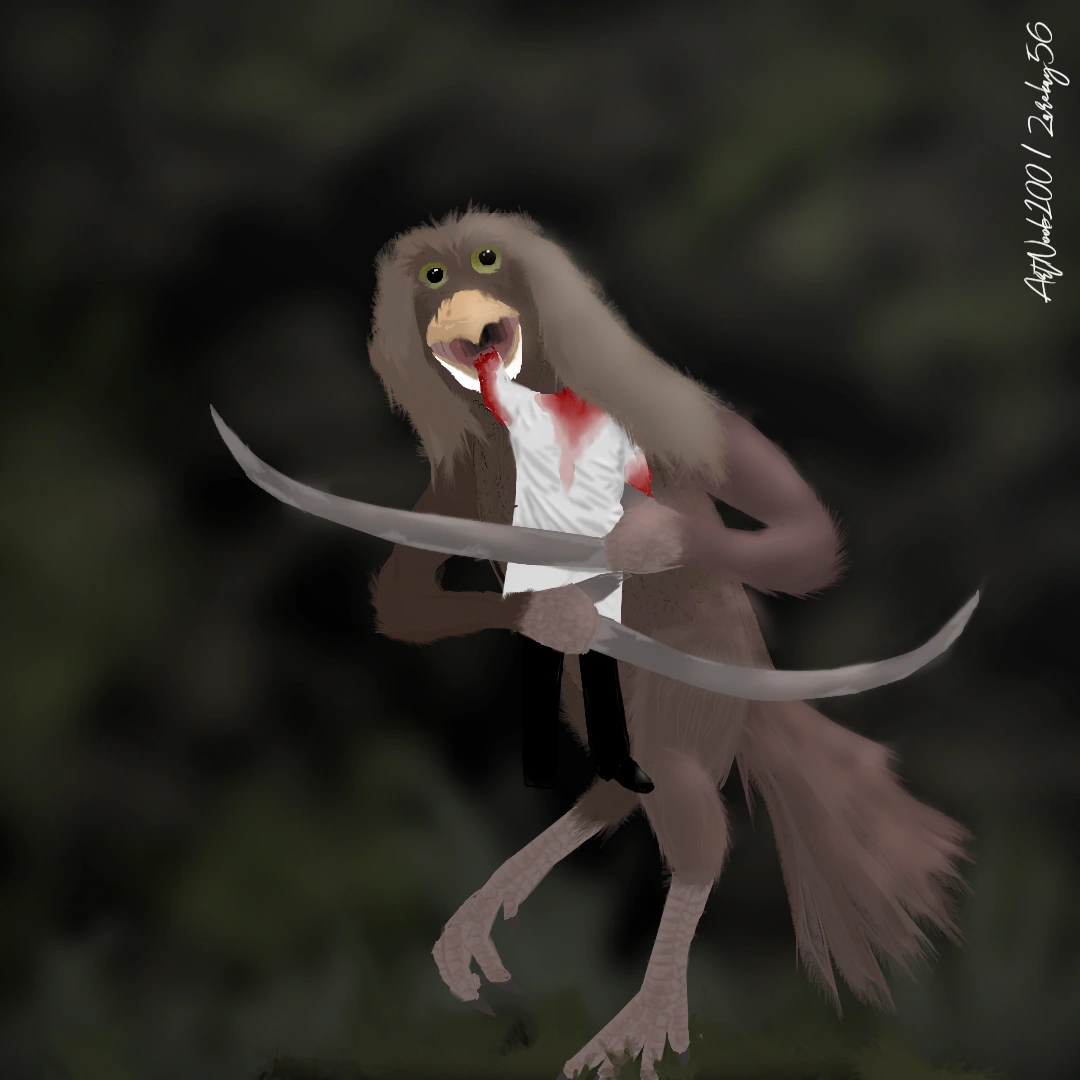Colossal Skyspear
Type: Mixotrophic filter feeder, flying ecosystem Distribution: The stratosphere and troposphere; migrates from the poles to the equator yearly Size: 121 to 165 meters In a world of endless skies, one creature soars greater than them all, piercing the eternal maelstrom. Larger than a Saturn V rocket, the Colossal Skyspear is the largest nektonic organism […]
Continue Reading

